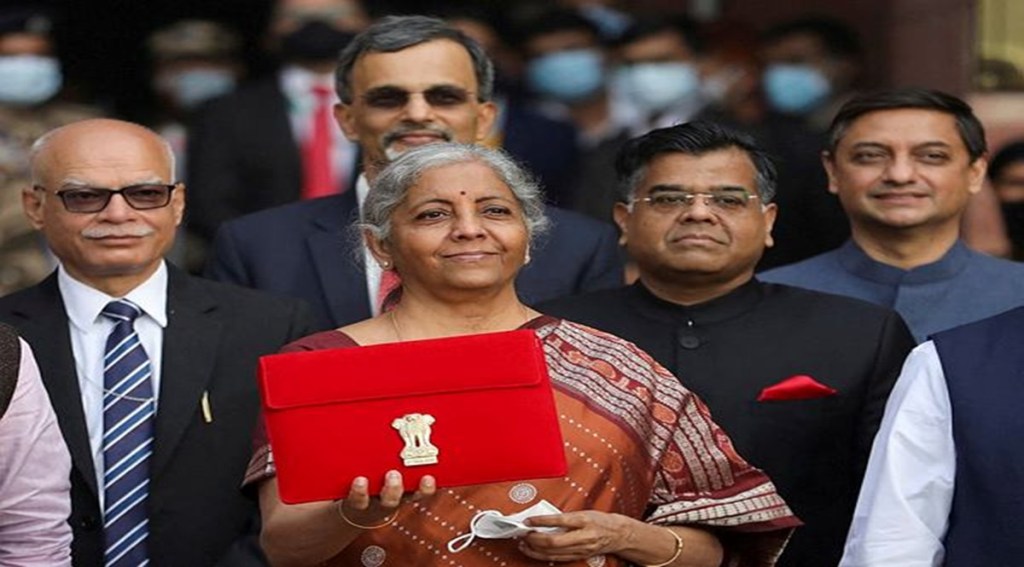By Shashwat Goenka
India saw a forward-looking, progressive and growth-oriented Budget, one that lays the foundation for India to become a leading superpower. With a focus on the four pillars of development — inclusive development, increase in productivity, energy transition and climate action — the Budget is a blueprint of India’s economic development for India@100.
The finance minister (FM) outlined a Budget that gave clarity on India’s digital path forward — India to get 5G by 2023, optical fibre in 100% of the villages by 2025, a push has been given to electric vehicle infrastructure, launch of e-passports, adoption of drones in farming activities, and e-university, among others.
With these, India is set to become the world’s most robust digital economy, built on the backbone of a strong digital infrastructure.
Further, the government’s proactive effort to recognise the digital economy through launching its own digital currency using blockchain technology shows India’s long-term promise to growth.
With nearly half of India’s population expected to live in urban areas by 2047, the Budget outlined a plan on urban redevelopment and recalibration. The development of Tier 2 and Tier 3 cities, nurturing megacities and hinterlands, and measures for urban capacity planning will help India become a nation ready for tomorrow.
Further, an upgrade of India’s infrastructure through the PM Gati Shakti plan is driven by seven engines: Roads, railways, airports, ports, mass transport, waterways and logistics infrastructure — all of which will pull forward the economy in unison.
This, coupled with the Budget’s strong emphasis on green and clean energy through initiatives such as blending of fuels, a battery-swapping policy, allocation for PLI (Production Linked Incentive) for solar-cell manufacturing, a focus on reducing the carbon intensity of the economy, emphasis on electric vehicles (EVs) and measures to improve the EV ecosystem, will make India a leader in new-age, modern urban development.
Another noteworthy inclusion was the need for a focus on mental health. This is a welcome move, especially post-pandemic. Overall, the Budget presented a macro-plan which nurtures growth and welfare, focuses on big tech, and covers every aspect including youth, women, farmers, infrastructure, clean energy and climate action. It is a Budget that emphasises trust-based governance, reposing faith in tax payers, entrepreneurs and investors.
It is a Budget that reinforces our belief in the potential of India, a Budget that sets out the strategy for the New India and steps for its implementation. Short, crisp, all-inclusive, progressive, forward-thinking, and practical, the Budget aims to build a transparent, digital and inclusive India with a strong 25-year vision.
The author is Sector Head, Retail & FMCG, RP-Sanjiv Goenka Group

